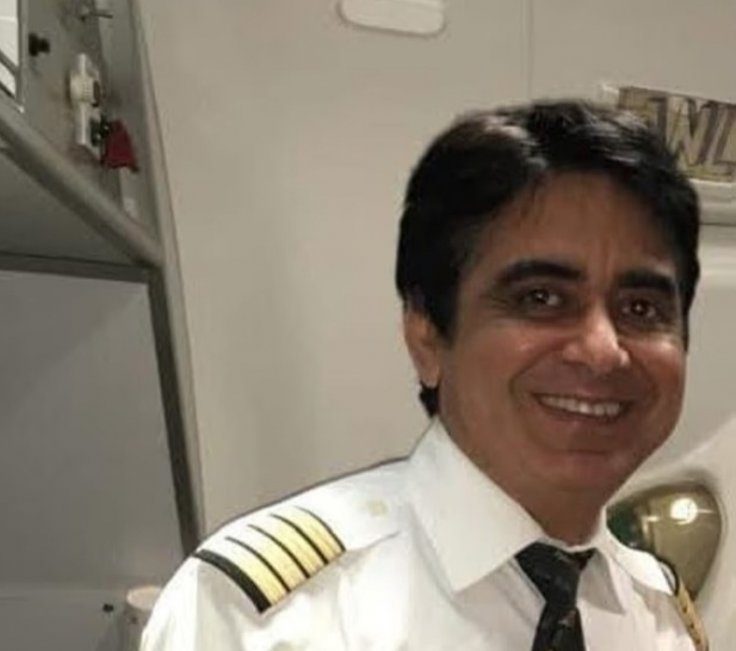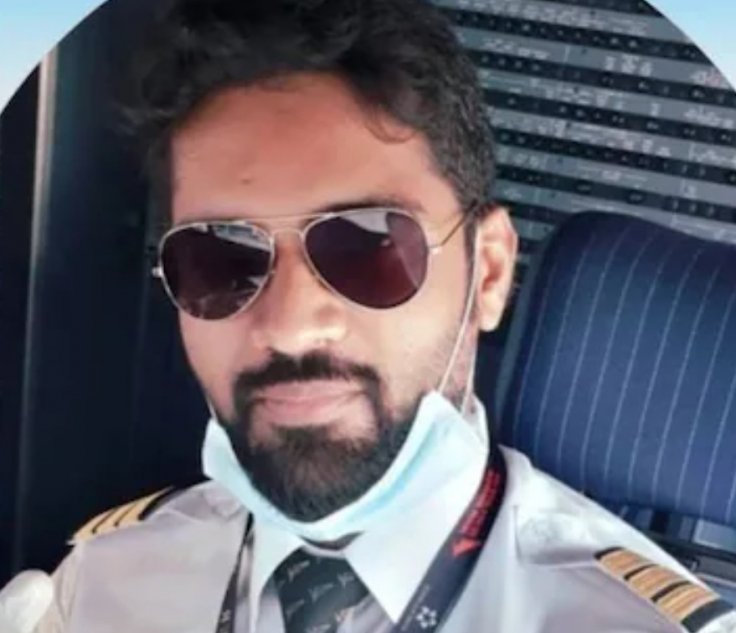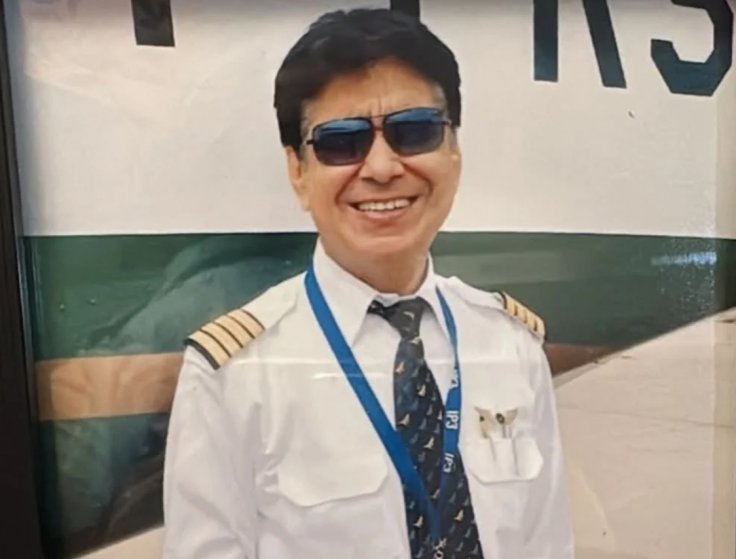Investigators examining the Air India crash are focusing on the actions of the captain, who stayed composed while the first officer panicked over a potential fuel cutoff to the engines. Black-box audio indicates it was Captain Sumeet Sabharwal who flipped the switches, according to sources familiar with the U.S. side of the investigation.
US pilots reviewing the Indian inquiry believe that First Officer Clive Kunder, who was piloting the plane at the time, was likely preoccupied with keeping the Boeing Dreamliner stable, The Wall Street Journal reported. That responsibility would have left the captain, serving as the monitoring pilot, completely free to oversee the situation and make all necessary adjustments.
Flight's Pilot in Focus

The official report claims that two vital switches were turned off in quick succession, just one second apart. Both were switched back on ten seconds later. A preliminary transcript of the cockpit conversation shows that one pilot asked the other why he moved the switches, but the second pilot denied doing it.
The aircraft crashed near Ahmedabad airport, erupting in flames and killing all but one of the 242 people onboard.

The report comes after investigators on the pilots' health records, with claims that Sabharwal had a history of depression and mental health concerns.
Notably, the switches involved had a locking mechanism that required pilots to lift them before moving —accidentally turning the off is impossible, as they were not simple push buttons.
The investigation into the devastating crash has now turned its focus to Sabharwal's behavior.

Captain Mohan Ranganathan, a leading aviation safety expert in India, revealed that multiple Air India pilots had allegedly confirmed that Sabharwal, an experienced pilot, had suffered from poor mental health.
In an interview with The Daily Telegraph, Ranganathan stated, "He had taken time off from flying in the last three to four years. He had taken medical leave for that."
It is also reported that Sabharwal had been on bereavement leave after his mother's death. However, according to Ranganathan, he had been "medically cleared" by Air India before the deadly crash last month.
Several Unanswered Questions
A former colleague of Sabharwal in Mumbai described him as a "thorough gentleman" and shared with the publication that Sabharwal had been thinking about taking early retirement within the next couple of years to care for his 90-year-old father.

Meanwhile, co-pilot Clive Kunder, aged 28, had logged over 3,400 flying hours during his relatively brief career.
The Telegraph reported that while Air India declined to issue an official statement, a representative from its parent company, Tata Group, told the outlet that Sabharwal had not taken any medical leave. The preliminary investigation report also failed to uncover any major findings.
Officials said that both pilots had successfully passed the Class I medical examination within the past two years, a test that assesses their mental and physical fitness.

On Sunday, Indian authorities released a preliminary report that raised critical questions about why the pilot would have manually shut off the fuel switches — and whether it was an intentional decision or a tragic error.
According to the report, "In the cockpit voice recording, one of the pilots is heard asking the other: why did he cut off? The other pilot responded that he did not do so."
Typically, fuel switches are turned on and off at specific phases of flight, but in this case, they were shut off just after takeoff — and the landing gear had not been retracted.

At the time, the co-pilot was handling the takeoff while the captain was acting as the monitoring pilot.
The report noted that the switches were turned back to the "run" position just seconds later, initiating the engine restart sequence. One engine did begin to relight but failed to produce sufficient thrust, while the second engine was still in the process of regaining power.
When investigators reached the crash site, both switches were found in the "run" position.

According to the report, both pilots had received sufficient rest prior to the flight and passed the breath analyzer test, confirming they were 'fit to operate.'
The aircraft was not carrying any hazardous materials, and its weight was within the permissible range.
Fuel samples taken from the aircraft's tanks were tested and found to be of acceptable quality, and there was no notable bird activity detected along the flight path.









